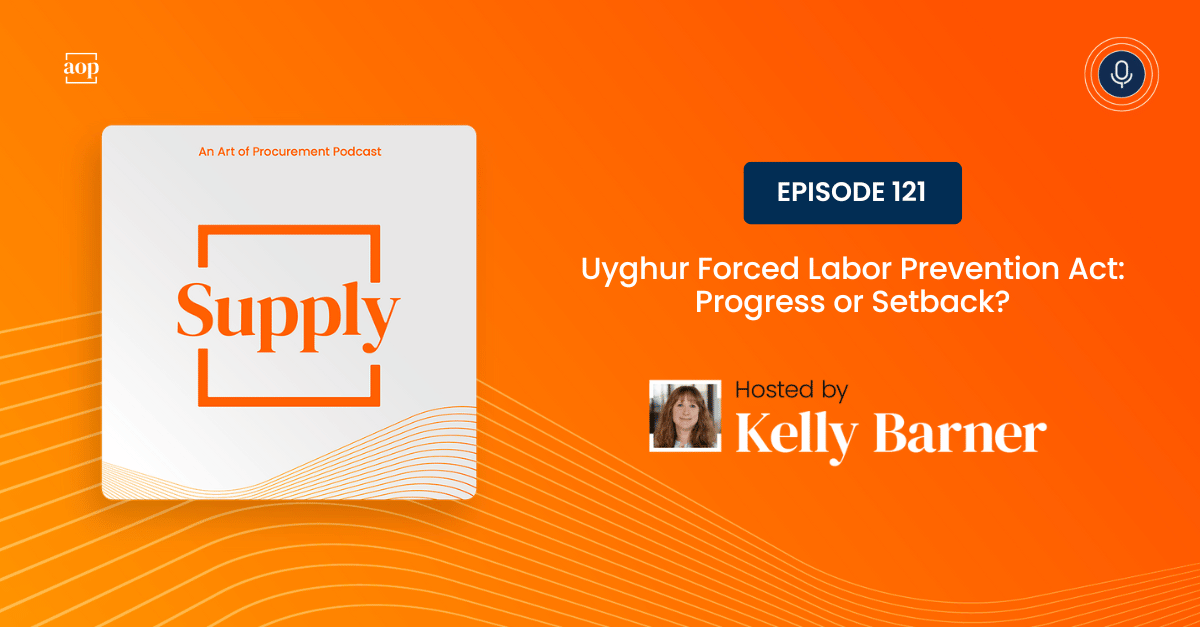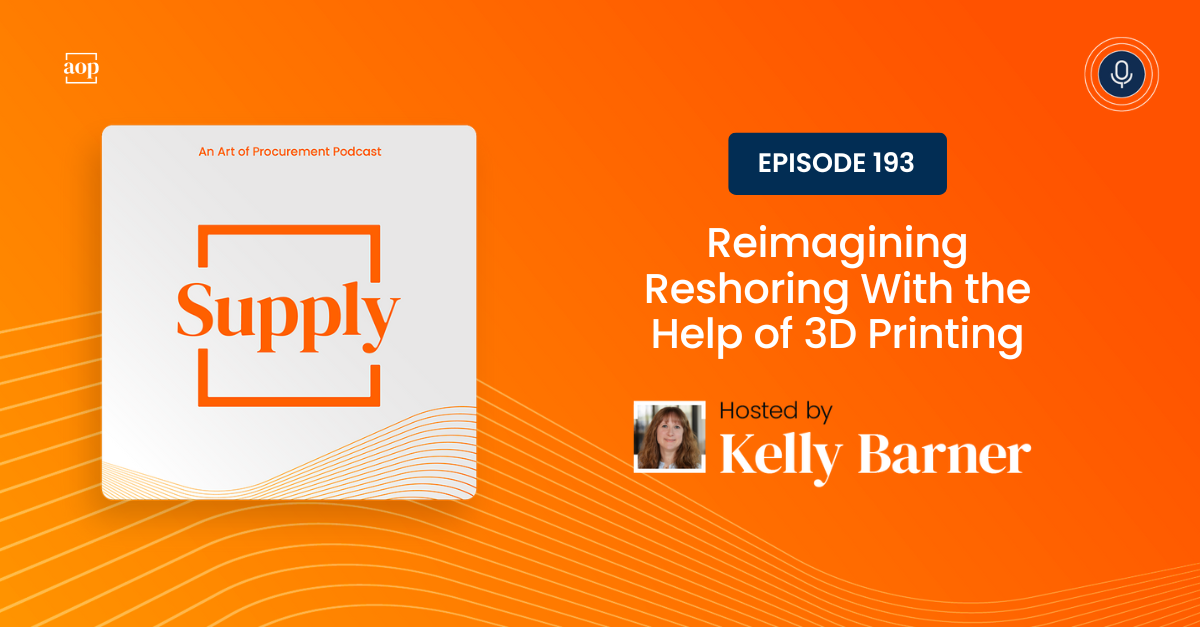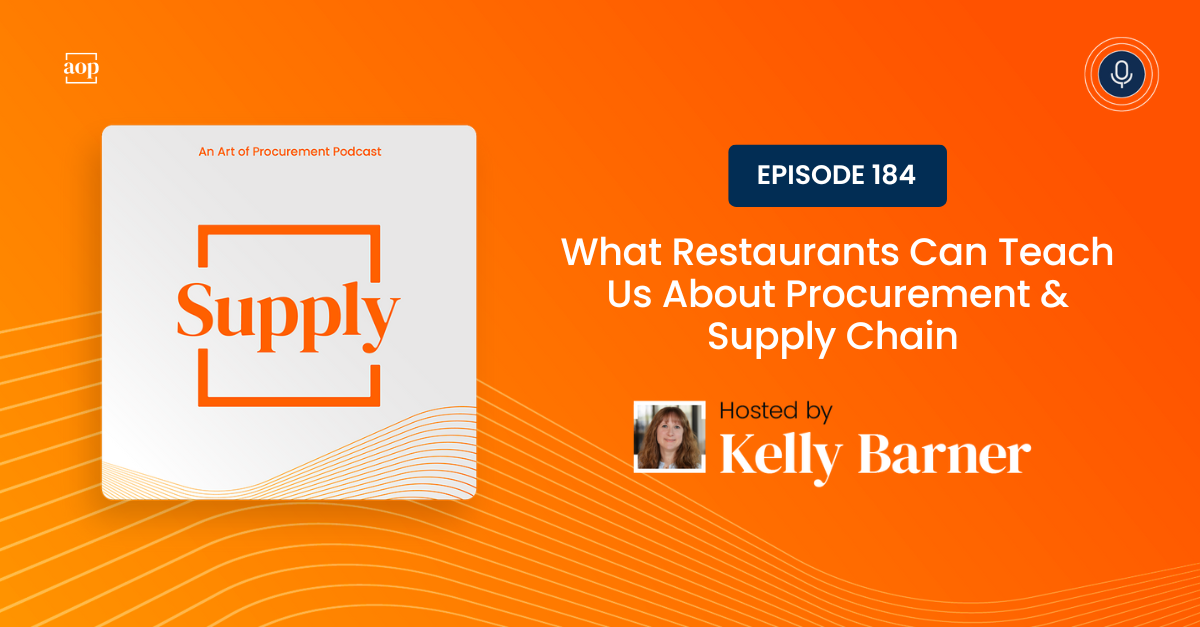
After spending years reviewing business books, I know how to recognize authors who truly move the needle–and Kate Vitasek is one of them. Her latest work, Preventing the Dispute Before It Begins: Proven Mechanisms for Fostering Better Business Relationships, co-authored with James Groton, Ellen Waldman, and Allen Waxman, takes on a surprisingly neglected topic: dispute prevention.
While this topic can be applied to procurement, it’s also very human, looking at business relationships from their most troubled moments and aspiring to lay out a plan as well as offering up resources to help teams and individuals stay away from the trouble.
Problems and Conflicts are Not the Same
Conflict avoidance is second nature for most of us, myself included. We’ve felt it in meetings, supplier conversations, and contract negotiations. In many cases, we hope the tension just resolves itself. However, as Kate and her co-authors make clear, that mindset can cause more harm than good.
The book draws a smart distinction between problems and conflicts. Understanding the difference can help us rethink how and when to engage in hard conversations, especially in supplier relationships where misalignment can simmer until it explodes and complex situations where things are bound to go wrong.
What I appreciate most is how well the authors bring humanity into these scenarios. They encourage proactive relationship building, grounded not only in technical or financial compatibility, but cultural and communication styles as well. Procurement can take a lesson here when exploring potential supplier relationships, and that lesson happens to be from my own mother who, when speaking about partnerships and marriage, would say “you’re not looking for someone perfect…You’re looking for someone with the faults you can live with.”
Contract Language Matters in Conflict Prevention
Anyone in procurement knows that no matter how solid a partnership seems, tensions tend to rise once the lawyers get involved. To ease those tensions, the authors spend a good portion of the book focusing on how contract clarity connects to conflict, problems, and disputes. They particularly focus on how plain-language contracts–those that are legally binding but read the way people actually speak–can shift the emotional tone of an agreement, for example, replacing “termination for convenience“ with “termination for justified reason“.
They also touch on the idea of “non-events” and the value of what doesn’t happen. That struck me because procurement is constantly tasked with proving tangible savings or business outcomes, but we are rarely, if ever, asked about the disputes we prevent by fostering strong supplier relationships or setting expectations early on.
Supplier disputes can get very expensive, very quickly, and if we refuse to recognize the relatively light investment required to prevent these disputes altogether, we’re actually incentivizing people to put their energy and priorities into firefighting rather than preventing fires.
It’s a classic paradox: proactive work in dispute prevention is invisible, but the reactive fixes are what get attention.
When we connect that paradox to the conflict escalation model the authors introduce, only then can we start to see the real value of dispute prevention. As the book describes, Dr. Frederick Glasl, the Father of Conflict Theory, offers a framework that shows how disputes quickly spiral from win-win, to win-lose, to lose-lose, highlighting the urgency that business leaders must take, not in managing damage, but in managing conflict.
Hope Isn’t a Strategy, and Peacemakers Know It
One of my biggest takeaways from this book is its emphasis on emotional intelligence. It’s not preachy or overly theoretical. Kate and her co-authors recognize how awkward and even painful conflict can be and urge us to engage with it anyway.
In a section titled “The Hope there Won’t be Problems," the book states, “It is human nature to ignore issues and hope they go away. Organizations and individuals often believe they will find ways to work through friction with strong personal relationships. Sometimes this strategy can work, but often it does not. Rather, research shows it is easy to fall into a negative tit-for-tat trap that leads from a win-win discussion to win-lose and ultimately a lose-lose mindset and behaviors…”
The book makes it clear: Hope is not a strategy, but peacemaking is. And who are the peacemakers?
Contrary to popular belief, they aren’t necessarily the loudest voices in the room. Sometimes, they’re the people slowing things down, asking the hard questions, and making sure everyone feels heard. They may seem like a fly in the ointment, but they are putting in the work to prevent disputes before they begin, not only saving their organizations money or closing deals, but building better relationships, better teams, and better futures.




